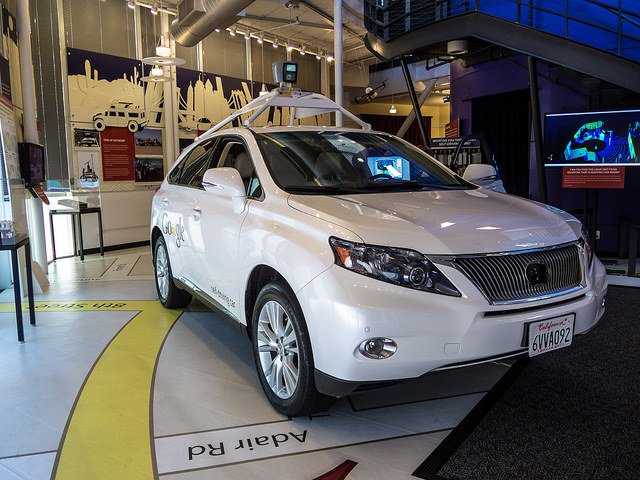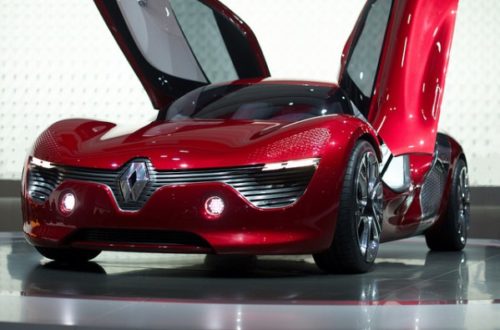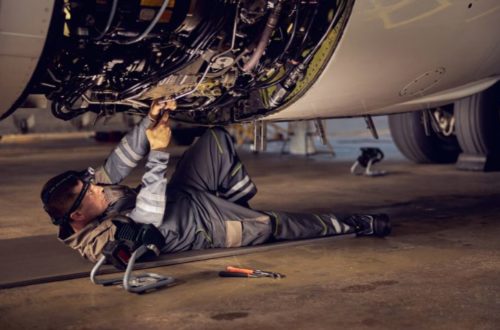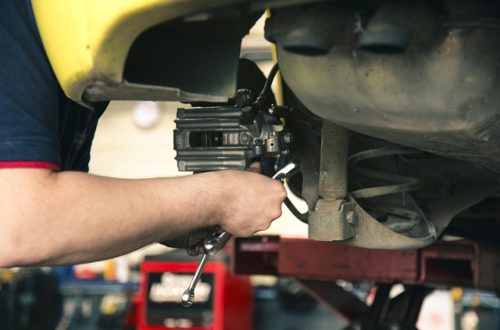The Cutting-Edge Tech Behind Driverless Cars

Driverless cars are appearing in headlines more and more frequently. The technology is certainly attractive, because it promises to deliver a much safer driving experience. Automatic systems can scan the environment and react to obstacles much faster than a human driver. Self driving cars would also be far more convenient, because the driver is no longer required to manage the vehicle.
Self driving cars can also park faster than humans — Tesla’s new software update for its Model X cars gave them the ability to parallel park themselves. The distant future also promises a whole new approach to traffic and congestion: a whole fleet of driverless cars can communicate wirelessly with each other, allowing for perfect coordination of every car on the road. That means traffic can flow much more smoothly.
How It Works
All of these ideas seem promising, but let’s find out how self driving cars actually work before getting excited. The most exciting thing is that most of the tech is already in place. There are a few basic components that make driverless cars possible. First of all, the car needs GPS equipment so that it can plot out a route. This software already exists — it is present in smartphones, GPS devices, and on board car computers everywhere. The GPS tools provide the capacity for the car to find the most efficient way to get to its destination. But driverless cars also need a more specific tool: the ability to scan the immediate environment for obstacles and threats.
This is much like the difference between a human driver looking up their route on a map and then using their eyes to avoid construction, other cars, downed trees, and to follow traffic signs and lights. This is the most complex element of driverless cars. It isn’t easy to teach computers and machines to see. Google has solved the problem using a spinning laser on top of the car that continually scans the car’s surroundings and passes that information to the car’s central computer. Finally, the car needs the code that will use all of this information and actually direct the car’s movement using the engine and wheels.
Hardware and Software
There are two halves to the mechanism of driverless cars. First of all, there is the hardware. This is the easier half. Cars already have computer systems that can control virtually every aspect of the machine, and features like anti-lock brakes and cruise control have shown that it has been possible to create automated features in cars for decades. The real trick has been creating the software that makes driving decisions. It isn’t possible to write code that can handle every possible situation a car can encounter on the road. The solution is a kind of software called machine learning. Machine learning is just what it sounds like — it involves teaching computers to drive just as you would teach a person. Lab teams take their cars out on the road and expose them to driving, and then the computers learn what works and what doesn’t.
Based on what they learn, the computers can then decide on general guidelines for themselves about how to conduct themselves on the road. The power of software is very clear when you think about what Tesla did recently. They added an augmented cruise control feature to their luxury Model X cars, allowing those cars to drive themselves down the highway, change lanes, follow curves, maintain a following distance, and park themselves. It was all possible just by adding new software to the car.
The technology behind self driving cars is most advanced in the area of software, and that makes the idea of automated cars much more accessible. It isn’t necessary to add much more new hardware to a car for it to become driverless. That suggests that it might not be much longer before driverless cars start to become accessible to the masses. Even if full automation is several years away, partial automation such as Tesla’s Autopilot software is already available in high-end cars. It would not take much for mid-range cars to share the same tools, so expect to see automated features appear in mass-market vehicles soon.
Google self driving car at the Computer History Museum. Photo by Don DeBold. License: CC BY 2.0.
Would you like to receive similar articles by email?





